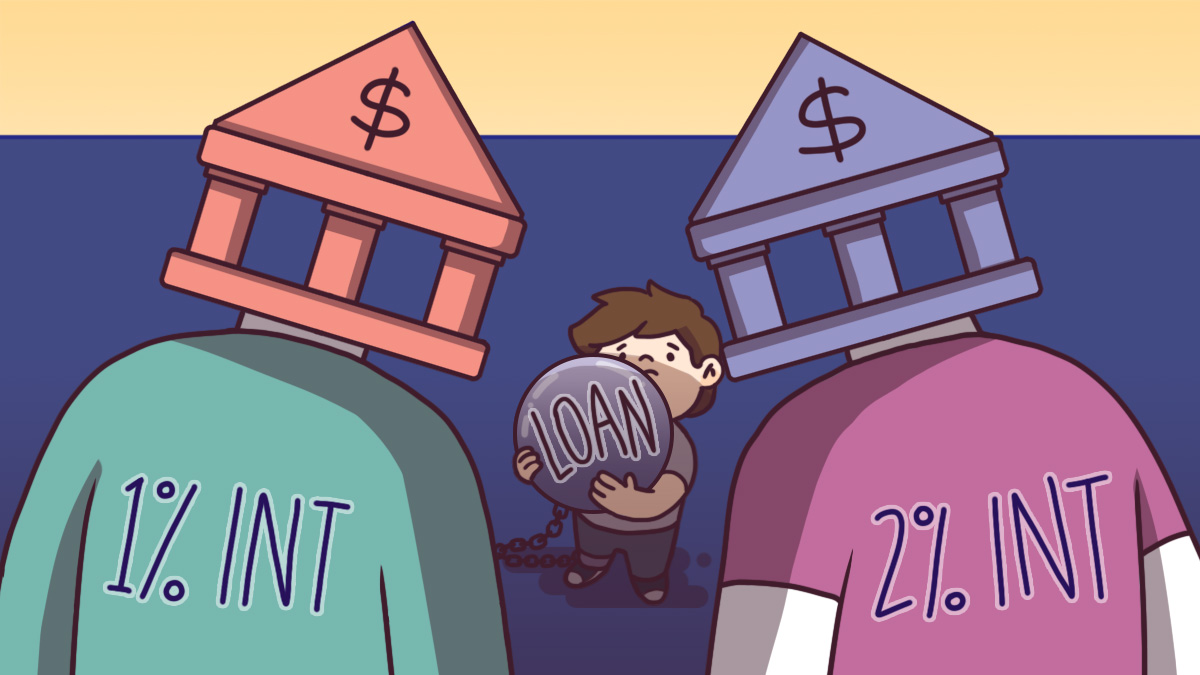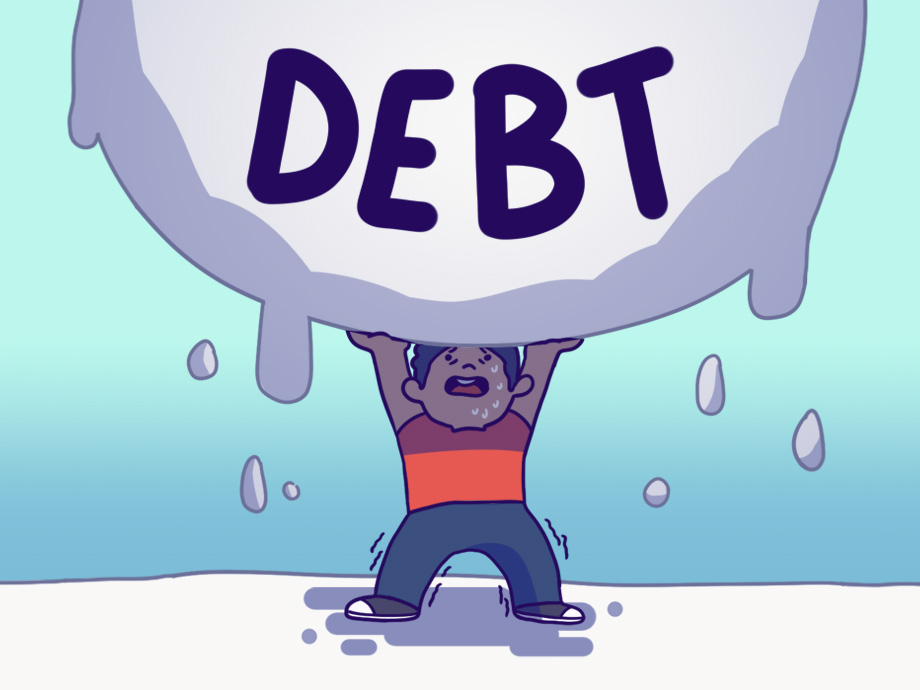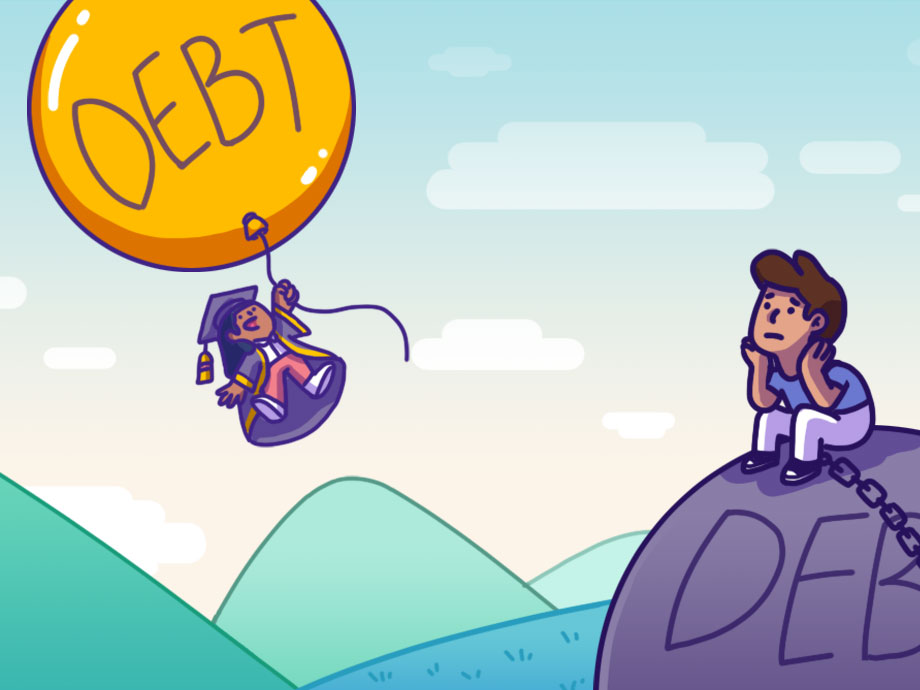Managing Debt | Personal Finance | Article
Should You Refinance Your Home Loan?
by Sophia | 2 Mar 2021 | 5 mins read

One of the biggest loans we’ll ever take in our lifetime — provided you’re settling down in Singapore for good — is a mortgage or a HDB loan for a home. On average, a home loan has a repayment period of around 25 years… which is half your adult life, should you decide to apply for a BTO around 25 years old.
That’s just the price you’ll have to pay to own a home — dealing with debt and repayment for nearly three decades. Sure, you’ll split the load with your partner, but it’s still a lot of debt to take on.
That, and it’s hard to predict what will happen in life; if anything unpredictable happens and shakes up your finances (like, say, a personal emergency… or a pandemic), what will you do about your mortgage payments?
In times of trouble or uncertainty, especially if it’s beginning to feel harder and harder to make your monthly repayments, you could consider refinancing your home loan.
But what, exactly, is refinancing?
What’s Refinancing?
Simply put, refinancing is applying for a new loan that comes with better terms (i.e. a loan with a lower interest rate at a different bank, or a loan with a longer or shorter repayment period) and using it to pay off previous obligations and existing loans that are more expensive.
For example, if you’re currently paying off a housing loan with a 25-year tenure at Bank A. But wait, Bank B is offering a loan with a lower interest rate. And since you don’t want to be plagued by debt for longer than is necessary, you may also decide to shave 10 years off your current repayment period. Spending 15 years paying off a loan with a lower interest rate sounds like a much better deal.
Even though you’re technically taking on another loan, it works out as the new terms should benefit you in the long-term, i.e. overall you are paying less than if you were to solely stick to your original loan.
So off you go to Bank B to refinance your home loan!
However, ‘better’ is subjective: a shorter loan repayment period may mean higher monthly repayments (which will affect cash flow) with a lower interest rate, while a longer loan repayment period may mean a higher interest rate with lower monthly repayments over time.
Don’t confuse refinancing with restructuring though. The latter is when a lender and borrower agree on a proposed method to resolve and repay a debt without rendering the borrower bankrupt (usually in worst-case scenarios).
Related
Can Anyone Refinance Debt, Just Like That?

Of course, there are certain requirements to meet before you qualify, and for refinancing, this involves meeting the Total Debt Servicing Ratio (TDSR).
According to the Monetary Authority of Singapore, TDSR is the proportion of “the borrower’s monthly gross income that goes towards paying monthly debt obligations (think credit card bills, student loans, and even personal loans), including the home loan being applied for. And we should aim to cap our TDSR at 60% or less.
In a nutshell: You cannot use more than 60% of your monthly income for debt repayments if you want to meet the TDSR.
For example, you’re buying a property that costs $500,000, with 70% of it ($350,000) financed by a home loan and the remaining amount paid upfront as a downpayment. Assuming you’re taking on a 25-year loan, your monthly payments will come up to $1,483 per month, inclusive of a monthly 2% interest.
Assuming that’s the only type of debt you have on your plate, your monthly income can’t dip below $2,472 if you want to qualify for refinancing.
Realistically, we’re probably dealing with multiple lines of credit and debt — so just remember to review all your existing debt obligations (and how much of your monthly income they make up) to see if you qualify based on your TDSR before you attempt to refinance your home loan, or apply for a new one.
This ratio is mandated by MAS so we don’t blow all our income on debt and leave nothing for daily living. After all, dedicating more than 60% of your income to debt means you have less than 40% left for everything else in your budget.
Related
Is It Always a Good Idea to Refinance Your Home Loan?
Refinancing definitely isn’t a one-stop solution to your debt struggles — if it was, then we’d all be doing it. While it sounds like a great way to, say, bring down monthly repayments for more breathing room in your budget, there can be downsides to it as well.
For example, if you’re currently holding a fixed-term loan, refinancing may come at a cost, particularly if your loan has not matured yet (or, it’s still within its lock-in period). Fully paying down a loan before maturity may earn you penalties that negate the benefits of refinancing.
Other than loan penalties, switching to another home loan also incurs other costs like legal ($2,500 to $3,000, depending on the lawyer) and valuation fees ($350 to $500).
If your home loan is in its fourth year though, you might want to shop around for refinancing options because that’s when most bank loans raise their interest rates.
Debt can be overwhelming if left unchecked, especially for something as huge as a home loan. But refinancing is merely one option out of many others when it comes to dealing with debt. Other methods include the snowball and avalanche approaches, or even restructuring, if the situation is dire.
Of course, financial prudence is best — being responsible with our money from the get-go will save us a lot of pain down the line. It all starts with getting the basics right.




















